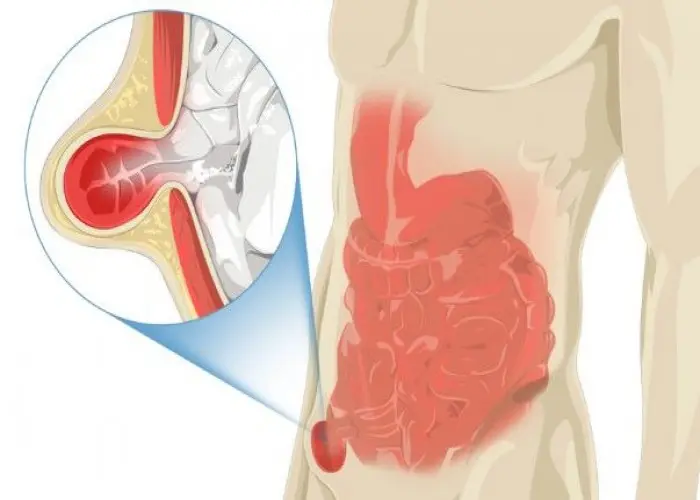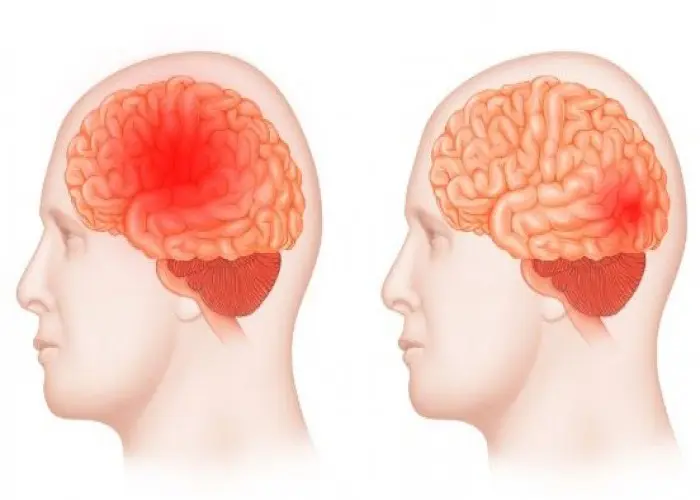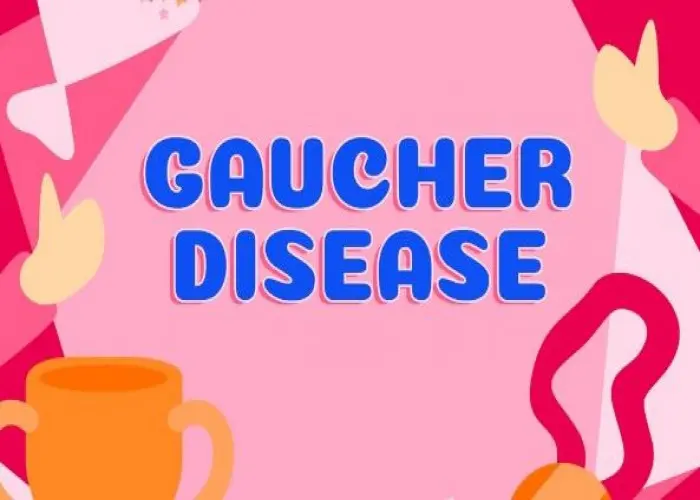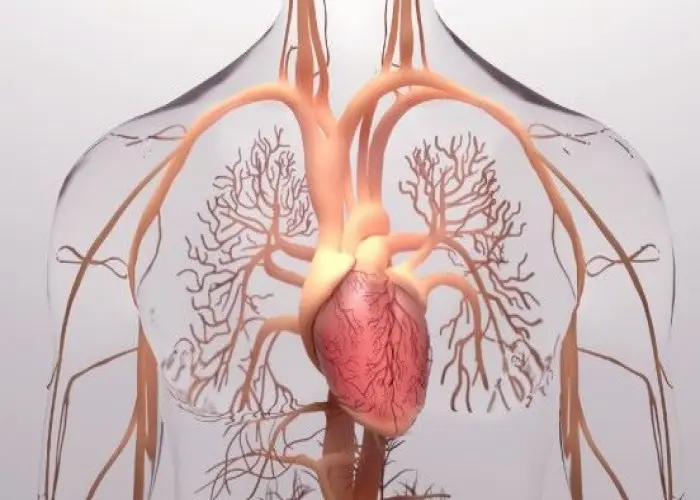 Welcome
Welcome
“May all be happy, may all be healed, may all be at peace and may no one ever suffer."
Plantar warts

Plantar warts are small growths on the sole of the foot that is caused by a viral infection with the human papillomavirus (HPV). They are typically flat and rough in texture and can be surrounded by callused skin. Plantar warts are more likely to occur in areas of the foot that are subject to pressure, such as the heel or ball of the foot.
Plantar warts can be spread through contacts with an infected surface, such as a shower floor or swimming pool deck, or through direct contact with an infected person. People with weakened immune systems or who have cuts or abrasions on their feet are more susceptible to plantar warts.
Symptoms of plantar warts may include pain or tenderness when walking or standing, and small, rough growths on the sole of the foot that may have black dots in the center.
Diagnosis of plantar warts may involve a physical examination of the foot and a review of symptoms. In some cases, a biopsy may be done to confirm the diagnosis.
Treatment for plantar warts typically involves over-the-counter remedies, such as salicylic acid, which can be applied directly to the wart to help remove it over time. Other treatments may include cryotherapy (freezing the wart with liquid nitrogen), laser therapy, or surgical removal. These treatments may be more effective for larger or more stubborn warts.
Prevention of plantar warts involves avoiding contact with infected surfaces or people, wearing shoes in public places, and keeping feet clean and dry. If you have a plantar wart, avoid touching it or picking at it, as this can spread the virus to other parts of your body. If over-the-counter treatments do not work, consult with a healthcare provider for further treatment options.
Research Papers
Disease Signs and Symptoms
- Skin lesions
- Thickened skin on the palms and soles of the feet
- Skin is thick
- Hard, thickened skin (callus) over a well-defined "spot" on the skin, where a wart has grown inward
- Black pinpoints, which are commonly called wart seeds but are actually small, clotted blood vessels
Disease Causes
Plantar warts
Plantar warts are caused by an infection with HPV in the outer layer of skin on the soles of your feet. They develop when the virus enters your body through tiny cuts, breaks or other weak spots on the bottoms of your feet.
HPV is very common, and more than 100 kinds of the virus exist. But only a few of them cause warts on the feet. Other types of HPV are more likely to cause warts on other areas of your skin or on mucous membranes.
Transmission of the virus
Each person's immune system responds differently to HPV. Not everyone who comes in contact with it develops warts. Even people in the same family react to the virus differently.
The HPV strains that cause plantar warts aren't highly contagious. So the virus isn't easily transmitted by direct contact from one person to another. But it thrives in warm, moist environments. Consequently, you may contract the virus by walking barefoot around swimming pools or locker rooms. If the virus spreads from the first site of infection, more warts may appear.
Disease Prevents
Plantar warts
To reduce your risk of plantar warts:
- Avoid direct contact with warts. This includes your own warts. Wash your hands carefully after touching a wart.
- Keep your feet clean and dry. Change your shoes and socks daily.
- Avoid walking barefoot around swimming pools and locker rooms.
- Don't pick at or scratch warts.
- Don't use the same emery board, pumice stone or nail clipper on your warts as you use on your healthy skin and nails.
Disease Treatments
Most plantar warts are harmless and go away without treatment, though it may take a year or two. If your warts are painful or spreading, you may want to try treating them with over-the-counter (nonprescription) medications or home remedies. You may need many repeated treatments before the warts go away, and they may return later.
If your self-care approaches haven't helped, talk with your doctor about these treatments:
- Stronger peeling medicine (salicylic acid). Prescription-strength wart medications with salicylic acid work by removing layers of a wart a little bit at a time. They may also stimulate your immune system's ability to fight the wart.
- Your doctor will likely suggest you apply the medicine regularly at home, followed by occasional office visits.
- Freezing medicine (cryotherapy). Cryotherapy done at a doctor's office involves applying liquid nitrogen to the wart, either with a spray or a cotton swab. This method can be painful, so your doctor may numb the area first.
- The chemical causes a blister to form around your wart, and the dead tissue sloughs off within a week or so. Cryotherapy may also stimulate your immune system to fight viral warts. You may need to return to the doctor's office for repeat treatments every two to four weeks until the wart disappears.
- Some studies suggest that cryotherapy combined with salicylic acid treatment is more effective than just cryotherapy, but further study is needed.
Surgical or other procedures
If salicylic acid and freezing medicine don't work, your doctor may recommend one or more of the following treatments:
- Other acids. Your doctor shaves the surface of the wart and applies trichloroacetic acid with a wooden toothpick. You'll need to return to the doctor's office for repeat treatments every week or so. Side effects include burning and stinging. Between visits, you may be asked to apply salicylic acid to the wart.
- Immune therapy. This method uses medications or solutions to stimulate your immune system to fight viral warts. Your doctor may inject your warts with a foreign substance (antigen) or apply a solution or cream to the warts.
- Minor surgery. Your doctor cuts away the wart or destroys it by using an electric needle (electrodesiccation and curettage). This procedure can be painful, so your doctor will numb your skin first. Because surgery has a risk of scarring, this method usually isn't used to treat plantar warts unless other treatments have failed.
- Laser treatment. Pulsed-dye laser treatment burns closed (cauterizes) tiny blood vessels. The infected tissue eventually dies, and the wart falls off. This method requires repeat treatments every three to four weeks. The evidence for the effectiveness of this method is limited, and it can cause pain and potentially scarring.
- Vaccine. HPV vaccine has been used with success to treat warts even though this vaccine is not specifically targeted toward the wart virus that causes the majority of plantar warts.
Disease Diagnoses
Disease Allopathic Generics
Disease Ayurvedic Generics
Disease Homeopathic Generics
Disease yoga
Plantar warts and Learn More about Diseases

Inguinal hernia

Giardia infection (Giardiasis)

Bedbugs

Frontal lobe seizures

Tension headache

Von Willebrand disease

Gaucher disease

Heart palpitations
plantar warts, প্ল্যান্টার ওয়ার্টস, পায়ের তলায় আঁচিল
To be happy, beautiful, healthy, wealthy, hale and long-lived stay with DM3S.